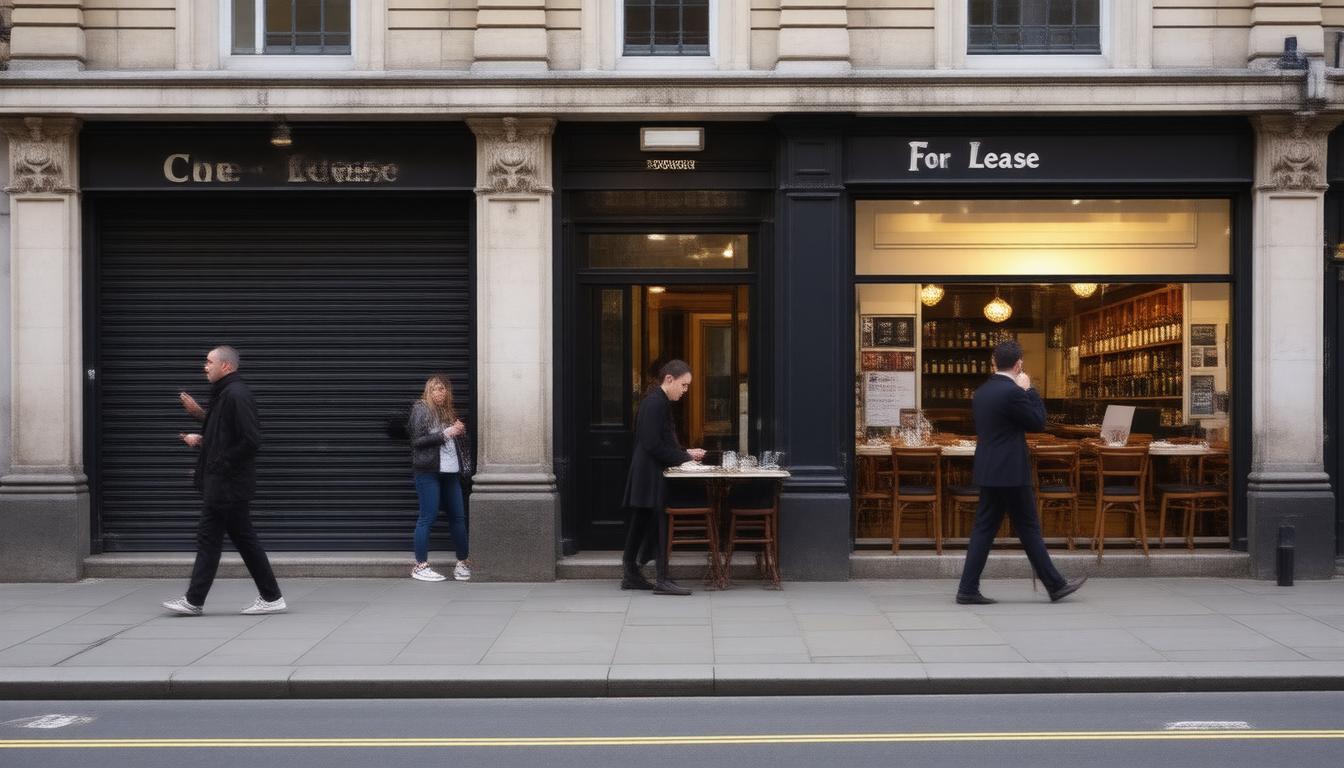In a rapidly changing economic landscape, the retail and dining sectors in the UK are facing unprecedented challenges. New Look, a prominent high street fashion chain known for its budget-friendly offerings, has announced plans to accelerate store closures amidst rising operational costs. Meanwhile, the culinary world witnesses the unfortunate closure of Locanda Locatelli, a Michelin-starred restaurant that has graced London’s dining scene for over two decades. These developments underline a concerning trend: the service industry is grappling with ongoing financial pressures, leading to significant job losses and the shuttering of well-established establishments. As both retailers and restaurateurs navigate these turbulent waters, the impact on employment and consumer choice is becoming increasingly evident.
Key Takeaways
- New Look is accelerating store closures in response to rising operational costs.
- The service sector is facing significant job cuts, with nearly 25% of firms implementing layoffs or hiring freezes.
- The closure of Michelin-starred restaurants like Locanda Locatelli highlights the financial pressures within the hospitality industry.
The Retail Sector Downturn: New Look’s Financial Strategy
The retail sector in the UK is facing significant headwinds, evidenced by New Look’s recent announcement of a surge in store closures, a step they attribute to rising operational costs and tightening profit margins. With 364 locations in operation, the company is joining a wave of retailers re-evaluating their strategies amidst a rapidly changing economic landscape (Retail Gazette, 2024). This situation highlights broader difficulties in the service industry, where a recent survey indicated that nearly 25% of firms have either implemented layoffs or hired freezes, marking the fastest rate of job cuts in nearly four years (The Guardian, 2024).
Complementing this retail downturn, the hospitality sector is also experiencing a notable contraction, illustrated by the recent closure of Locanda Locatelli after 23 distinguished years of service. This Michelin-starred restaurant, a staple of London’s dining scene, shut its doors citing financial pressures that have overwhelmed its operational viability (Evening Standard, 2024). This closure, which follows others like the notable Gavroche by chef Michel Roux Jr., underscores a critical phase for high-end dining establishments as they grapple with rising costs amidst a challenging economic climate (BBC News, 2024). These closures not only reflect poor consumer confidence but also highlight an alarming trend within the UK’s service industries that may continue to evolve as economic conditions fluctuate.
Challenges in the Culinary World: The Fall of Michelin-Star Restaurants
The decline of Michelin-star restaurants extends beyond just a loss of prestige; it signals a broader crisis in the culinary world that is struggling to adapt to the changing economic realities. Rising food costs, particularly in ingredients and staffing, have prompted some restaurants to rethink their business models entirely. Many establishments are now pivoting towards a more casual dining experience, competing on price while attempting to maintain quality. Additionally, the pandemic has permanently altered consumer spending habits, with diners preferring more affordable, yet high-quality options rather than indulging in fine dining experiences. Experts suggest that the luxury dining market must innovate or risk losing further ground, as shifts in public taste and economic stability may dictate the future of high-end cuisine (Financial Times, 2024). This scenario raises questions about the Michelin rating system itself, as the definition of fine dining transforms in real-time.





